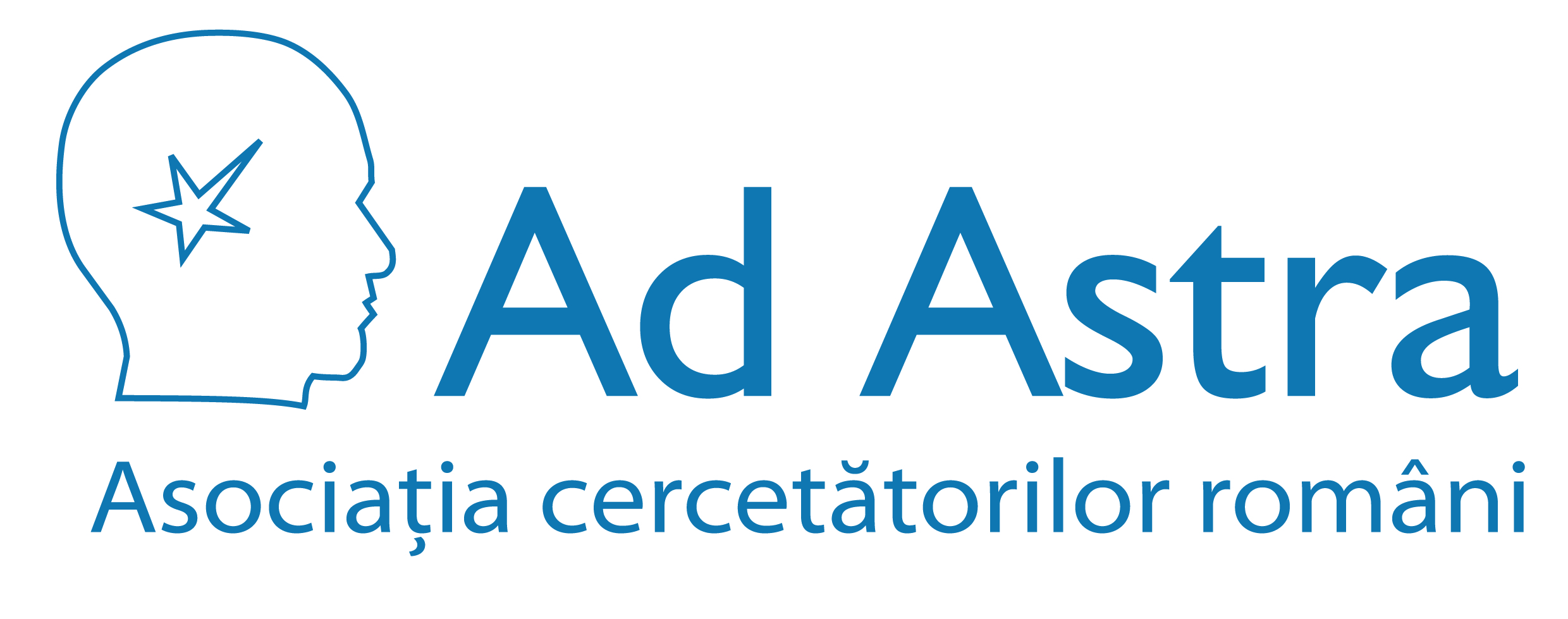Scopul nostru este sprijinirea şi promovarea cercetării ştiinţifice şi facilitarea comunicării între cercetătorii români din întreaga lume.
Staff Login
Mobility of Heavy Metals from Soil in the Two Species of the Aromatic Plants
Caunii, A; Negrea, A; Pentea, M; Samfira, I; Motoc, M; BUTNARIU, M. Mobility of Heavy Metals from Soil in the Two Species of the Aromatic Plants. Revista de chimie, (ISSN: 0034–7752. Volume: 66, Issue: 3, Pages: 382–386, Accession No: WOS: 000352756300020, Published: MAR 2015). Times Cited: 6 (from Web of Science Core Collection). IF(2014): 0.810.
| Author | ResearcherID | ORCID Number |
|---|---|---|
| BUTNARIU, Monica | http://orcid.org/0000-0002-2032-5000 |
REVISTA DE CHIMIE, ISSN: 0034-7752, Volume: 66, Issue: 3, Pages: 382-386, Published: MAR 2015,
Abstract: Heavy metals perform a significant role in the biometabolic pathways during the growth and development of aromatic plants, when available in appreciable quantity. Dill (Anethum graveolens), and lovage (Levisticum officinale) aromatic plants were collected from agricultural land of the western Banat along the Danube River and separated into roots, stems, leaves and inflorescences. Quantities of cadmium, cobalt, chromium, copper, molybdenum, nickel, lead and zinc were investigated using atomic absorption spectrometer contrAA 300 from Analytik Jena AG (Jena, Germany). Biological concentration factors, transfer factor and biological accumulation factor were calculated for assessment of mobility of heavy metals from soil-root, root-shoot and soil-shoot, respectively. Mobility factor was also calculated for roots-stems, stems-leaves and stems-inflorescences. Accumulation gradient of each crop component varies according to nature of the plant. Mobility factors of heavy metals among components in L. officinale exceeded in roots-stems and the least in stems-inflorescences. Mobility factors for the stems-leaves and roots-stems in A. graveolens were the highest and lowest, respectively. Chromium was the most mobile metal and nickel the least mobile. Transfer factor and biological accumulation factor values for cadmium in L. officinale and A. graveolens were high. We demonstrate that transfer factor, biological accumulation factor and biological concentration factors values for heavy metals in L. officinale at agricultural land Moldova Noua were higher than in A. graveolens.
KeyWords Plus:KNOWLEDGE MANAGEMENT; MEDICAGO-TRUNCATULA; WATER; BIOACCUMULATION; ACCUMULATION; METABOLISM;EXPRESSION; RESPONSES; EXPOSURE; LEAVES
Web of Science Categories: Chemistry, Multidisciplinary; Engineering, Chemical

